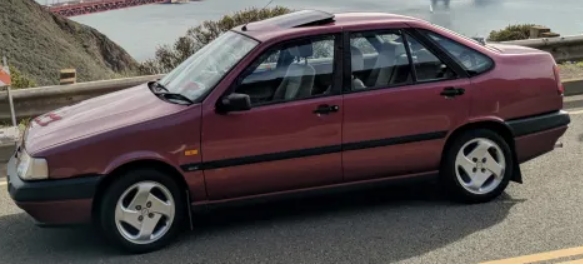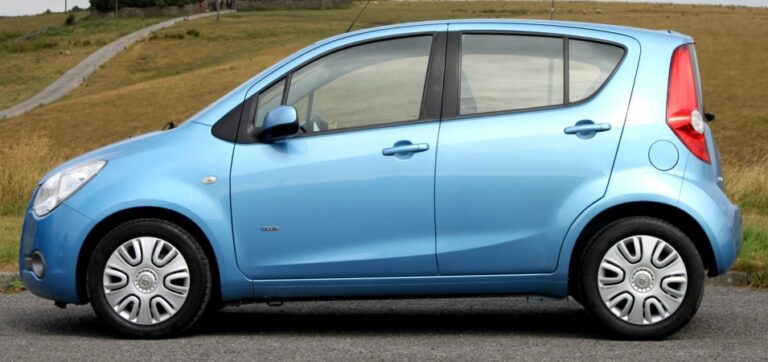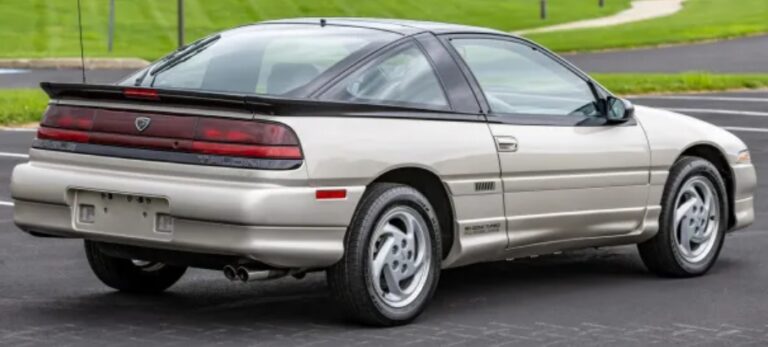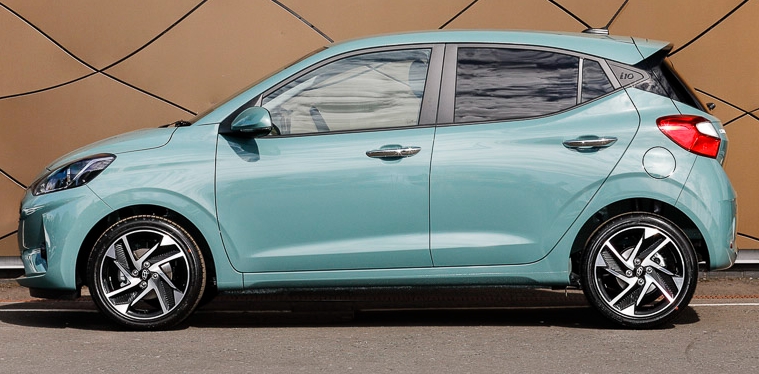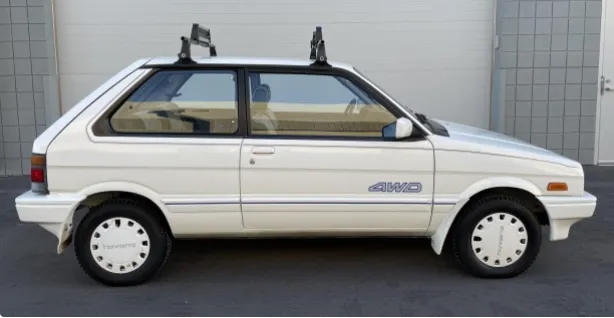The Evolution of the Fiat Tempra
The Fiat Tempra stands as a notable chapter in the history of Italian automotive engineering, representing Fiat’s efforts to compete in the compact family sedan segment during the late 20th century. Launched in the early 1990s, the Tempra was designed to replace the outgoing Fiat Regata and to establish a stronger presence in both European and international markets. Over its production span, the Tempra underwent various updates, model variations, and trim levels, reflecting changing market demands, technological advancements, and Fiat’s strategic priorities.
Origins and Development (Early 1990s)
Introduction and Launch (1990-1992)
The Fiat Tempra debuted in 1990 as a replacement for the Fiat Regata. Its development was part of Fiat’s broader strategy to modernize its lineup and expand into the compact executive segment. The Tempra was built on a new platform derived from the Fiat Tipo, which shared components and design philosophy to streamline production and parts management.
Designed by Giorgetto Giugiaro at Italdesign, the Tempra featured a more aerodynamic and contemporary styling compared to its predecessor. It was characterized by a sleek silhouette, a spacious interior, and improved aerodynamics, with a drag coefficient of approximately 0.33.
Body Styles and Layouts
The Tempra was initially available in three body styles:
- Sedan (Saloon)
- Station Wagon (SW)
- Five-door Hatchback (introduced later in the model’s lifecycle)
The sedan and station wagon versions were primarily targeted at European markets, with the hatchback mainly sold in specific regions.
Model Range and Trim Levels (1990-1996)
Early Models and Engines
At launch, the Tempra was offered with a range of petrol and diesel engines:
- Petrol engines:
- 1.6 L SOHC (84 hp)
- 1.8 L SOHC (105 hp)
- 2.0 L SOHC (126 hp)
- 2.0 L DOHC 16-valve (the “i.e.” or “ie” version with 137 hp, introduced later)
- Diesel engines:
- 1.9 L Turbo Diesel (90 hp)
- 1.9 L Naturally Aspirated Diesel (70 hp)
Trim Levels
The available trims evolved over the years but generally included:
- Standard/Basic Trim: Focused on affordability, with minimal features.
- SL: A mid-range trim offering additional comfort and convenience features.
- SX: A higher trim level with upgraded interior materials, alloy wheels, and additional safety features.
- GT: Sportier versions with performance enhancements, sport seats, and distinctive styling cues.
- GTi: The top-tier performance variant, equipped with a 2.0 L 16-valve engine producing around 137 hp, sport suspension, and sportier styling.
Special Editions and Market-Specific Models
Throughout its production, Fiat released various special editions to boost sales and cater to specific markets. For instance:
- Tempra S: A special edition with added comfort features.
- Tempra SW Plus: Station wagon variant with extra equipment.
- Tempra Turbo: Featuring turbocharged diesel engines for improved performance.
Facelift and Mid-Cycle Updates (1993-1996)
In 1993, Fiat launched a mid-cycle facelift to keep the Tempra competitive:
- Exterior Updates: Restyled front grille, redesigned bumpers, new headlights, and taillights.
- Interior Improvements: Upgraded dashboard, improved materials, and additional safety features such as driver’s airbags.
- Engine Refinements: Introduction of more efficient engines, including a 1.4 L petrol in some markets and improved diesel options.
Trim levels remained largely consistent, but Fiat also introduced new equipment packages to enhance the appeal of higher trims.
The Fiat Tempra Station Wagon (1992-1996)
The station wagon version, known as the Tempra SW, was particularly popular in European markets due to its versatility and spacious cargo capacity. The SW was available across various trims, from basic models to more equipped versions like the Tempra SW Plus, which included features such as power windows, alloy wheels, and improved audio systems.
The station wagon was praised for its practicality, with a load capacity of approximately 500 liters, expandable to over 1,600 liters with the rear seats folded.
The Five-Door Hatchback (1994-1996)
While less common, Fiat introduced a five-door hatchback variant in select markets, offering a more versatile option for urban drivers. This version shared many components with the sedan and station wagon but featured a hatchback rear door, providing easier access to the cargo area.
.
MANY auto lovers not only spend time in their garages to tinker on their autos, but have other projects going on in there as well. Wood working is a popular pastime for the creative type of individual. Not sure what to make next? Or thinking about getting into this kind of hobby? There’s lots of possibilities… Here’s some of them…

.
End of Production and Legacy (1996)
Production of the Fiat Tempra ceased in 1996, being replaced by the Fiat Bravo and Brava models, which aimed to modernize Fiat’s lineup further. The Tempra’s lifespan of approximately six years reflected its role as a solid, reliable family sedan but also indicated shifting market preferences toward more contemporary styling and technology.
Summary of Models and Trim Levels Throughout Production
| Year Range | Models/Variants | Notable Features | Engines Available | Notable Trim Levels |
|---|---|---|---|---|
| 1990-1992 | Sedan, SW, Hatchback | Initial release, aerodynamic design | 1.6, 1.8, 2.0 petrol; 1.9 diesel | Basic, SL, SX, GT, GTi |
| 1993-1996 | Sedan, SW, Hatchback | Facelift, interior upgrades | Same engines with refinements, new 1.4L | Same trims, plus special editions like Tempra S, Turbo |
Technical and Market Impact
The Fiat Tempra was notable for its emphasis on space, comfort, and aerodynamic efficiency. It was one of Fiat’s more globally recognized models during the early 1990s, serving markets across Europe, South America, and parts of Africa and Asia.
The Tempra’s design and engineering also influenced subsequent Fiat models, especially in terms of platform sharing with the Tipo and the development of newer vehicles with improved safety and comfort features.
Conclusion
The Fiat Tempra’s evolution from its launch in 1990 to its discontinuation in 1996 reflects a period of significant change in the automotive industry. It transitioned through a series of updates that improved its aesthetics, safety, and performance, maintaining its position as a practical and reliable family sedan. Its range of models and trim levels catered to diverse customer needs, from budget-conscious buyers to those seeking sporty or more luxurious variants.
Although it was eventually phased out in favor of more modern models, the Tempra remains an important chapter in Fiat’s history, exemplifying the company’s engineering philosophy of practicality combined with innovative design.
